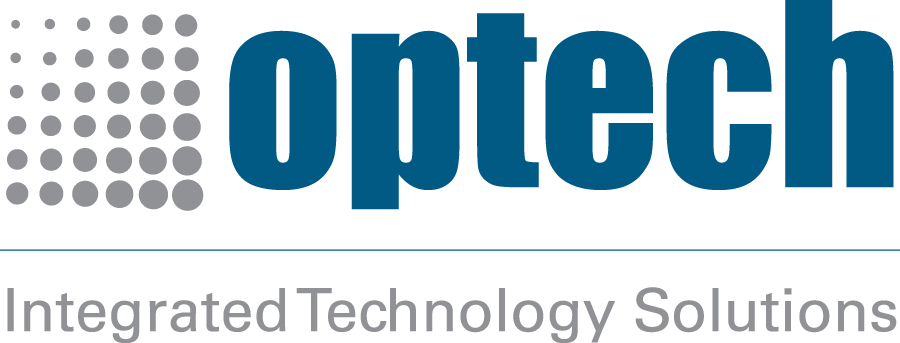
Duluth, GA 30097
United States
Barco
Model: RGB laser ODL-721
With a boom in remote working technologies, it can be difficult to know which tech is best suited to your business. Examining the issues facing you and your staff is a good place to start.
Regardless of the sector or size of an organisation, the coronavirus pandemic means organisations will have to find new ways of collaborating and working at a distance. While there’s no shortage of remote working technology to aid this, knowing which tools will be right for your workplace can be difficult. Luckily, there are options available to help ease the pressure of even the most significant business challenges.
1. Managing projects working from home
In the current climate, even the most diligent employees could find themselves feeling more distracted than usual. For some, working remotely could be a welcome break from the interruptions of the open office. For others, a lack of structure, caring responsibilities and financial pressures mean staying on top of workloads can be a challenge. Meanwhile, for senior employees and managers of large organizations, ensuring tasks are ticking along and communicating across departments can make larger projects more difficult without a physical workplace.
Managing projects with remote working technology might look different for everyone. For some, this could mean setting clear objectives and asking employees to log tasks. Increased flexibility over tasks for those with children could also be helpful.
Thankfully, there’s a number of different project management software tools available, both cost effective and have been successfully used by both public and private-sector employers alike. These technologies can give workers the autonomy to plan and track tasks, and enable employers to create daily check-ins that are both clear and non-intrusive.
2. Scalability and long-term growth
As organizations try to navigate how to stay afloat during the pandemic, scaling and growing businesses can feel overwhelming. However, innovative businesses and startups within the hospitality industry have shown that with the right remote working technology, it’s still possible to thrive.
The World Economic Forum has stressed companies that adopt cloud computing will not buckle under the pressure of the crisis. While larger supermarkets and food retailers have struggled with high demand and long queues of disgruntled customers, local restaurants and food startups have kept ahead through reinventing themselves as food outlets. For smaller restaurants trying to keep on top of long orders and rapidly changing business models, cloud computing has proved vital.
Once, to operate restaurant management software, restaurants were required to have servers on the premises to capture data, process transactions and measure performance. Cloud-based systems ensure that not only are these processes better aligned, but can also be beneficial for cash flow, as businesses pay for software as a service, or SaaS. This means small businesses can quickly scale up or down. Companies can add users, integrations and new features without the hassle of lengthy implantation processes or visits from technicians.

